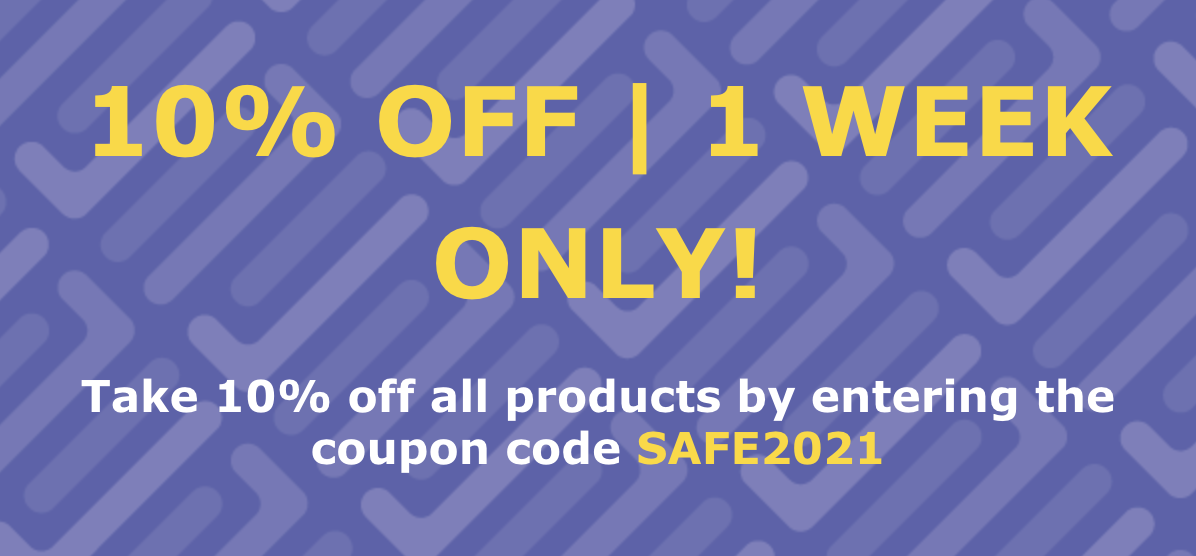Oct 27th 2021 |
How do you think about Health and Safety?
In this last week of Safe Work Month, we will be looking at health and safety hazards across the whole spectrum, including indoor and outdoor work. We revisited the National Safe Work Month theme for inspiration and determined that the key to managing health and Safety most effectively might be more holistic thinking.
This years theme for National Safe Work Month is ‘think safe’. ‘work safe’. ‘be safe’.
Most people are aware that different environments have different safety hazards, some higher risk than others. And while identifying risk factors for injury and illness one at a time in the workplace will help reduce workplace injuries and illnesses, the approach may limit the ability to continue producing reductions. Focusing on being safe at all times regardless of the environment is a mindset shift we all should be looking to embrace.
Changing Health and Safety Themes
When most people think of health and safety, they probably think of people wearing hard hats, hi-vis vests and steel cap boots working in high-risk activities, but that image is changing.
The Covid-19 pandemic, in particular, has brought a rapid change to work practices and, with it, how we think about occupational health and safety (OHS). It has led to more workers working from home, with the attendant health risks and risks of additional psychosocial issues such as bullying from partners, working in isolation from others, fatigue and other hazards.
More long term thinking is also now focussing more on the health side of health and safety. For example, office and home workers may be at greater risk of lower vitamin D levels (vitamin D is important for healthy bones and muscles) due to their limited time outdoors.
So although many employees do not work on high-risk worksites, it does not mean they are necessarily at lower risk of harm. They may still have risks to their health because of their work conditions.
How to ‘think safe’?
Our goal should be to learn enough about our operations, whether that be at home, in the field or the office, that we understand the conditions and pressures that all of our workers are exposed to and what can affect their safety.
The question is not just what your dashboards and risk assessments tell you about performance outcomes, but rather, what workers can tell you about work conditions at any given time and how well you can listen.
How to ‘work safe’?
Consider human factors. An important step in applying human factors is gaining a thorough understanding of the work or operation required. Undertake a work-task analysis, observing work being done and simply talking to the people doing the work are good ways of understanding the work processes needed.
And then put in place the best health and safety measures you can to avoid workplace incidents - Remembering that safety procedures and instructions should always be designed around human capabilities.
And finally, how to ‘be safe’?
It's not just about identifying risks and developing strategies to eliminate them, but monitoring and managing risks to reduce the likelihood of future incidents in your company or facility as well. Stay safe!
How can we help?
SafetyDocs by SafetyCulture has a comprehensive range of policies, plans, procedures, checklists and forms designed to keep workers healthy and safe from harm.
In support of the campaign run by Safe Work Australia, for this last week, we are offering 10% off storewide. That’s right, every product we have! No matter your industry, if you undertake high risk or low risk activities, considerations of physical or mental health, we are sure to have you covered.
The offer begins Wednesday 27th October 2021 and ends Wednesday 3rd November 2021. The coupon code SAFE2021 needs to be entered during checkout for the discount to be applied. This discount does not include SWMS Value Packs due to their heavily discounted price.
Share This Article


